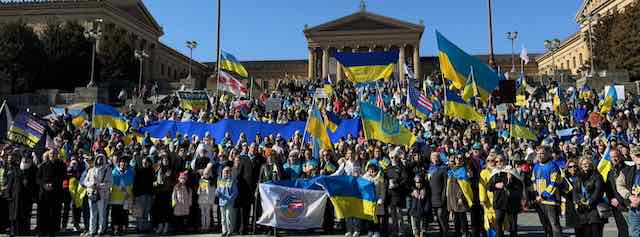In the final scenes of Volume 1 of War and Peace Prince Andrei Bolkonsky lies on his back bleeding from a head wound and looking at the beautiful sky. Napoleon rides through the battlefield, surveying the carnage of his defeat of Russia and Austria at Austerlitz.
Before the battle Prince Andrei admired Napoleon. But lying on his back with the shaft of the unit flag in his hand he feels himself dying and that this world has no longer has meaning for him. He sees Napoleon and does not care.
Napoleon thought Andrei was dead, but seeing him move, he orders Andrei to be taken to an aid station. The agony of being lifted onto stretcher convinced Andrei he was, in fact, alive.
Reading this passage, I remembered lying on my back on the side of Route 230 northwest of Elizabethtown, Pennsylvania. In the middle of an S-turn my Suzuki 550 motorcycle shook and flipped into the air. I was launched at 75mph, bounced and skidded and rolled to the ditch on the opposite side of the road. The visor of my full-face helmet had been scraped away. I looked straight up at a lovely, blue mid-June sky with scattered, puffy clouds.
I felt no pain. At first the peace and beauty of the sky, the silence around me, led me think I was dead. Some moments later, I knew I was alive when a man who was painting his house ran up and covered me with a drop cloth. He said, "Don't move" and told me help would be there soon. I looked down and saw the ligaments inside my knees, the skin was burned away on the left side of both knees because of the way I landed. Seeing inside my knees woke the pain. My moment of eternity was over.
In his book The Nearest Thing to Life James Wood surveys dozens of novels to show how real life is brought to life in fiction. He uses scenes with Prince Andrei illustrate the beauty of the reality brought to life in novels.
The delight of re-reading Tolstoy after 25 years is in the scenes of pain and pathos and beauty he paints so well.








































